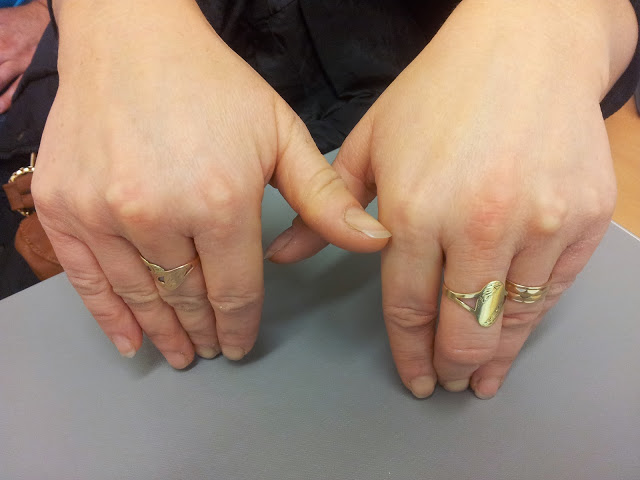
The hyperlipoproteinaemias are classified according to which of the four classes of
lipoproteins (chylomicrons; very low-density lipoprotein— VLDL; low-density
lipoprotein—LDL; or β-VLDL) are elevated. Hyperlipoproteinaemia may be primary or
secondary to an underlying problem such as obesity, diabetes mellitus, renal disease,
cholestatic liver disease, alcohol abuse, hypothyroidism, hyperuricaemia, or drugs.
Lipodystrophy is a rare cause of diabetes with hypertriglyceridaemia.
Identification is important, because of the risk of coronary artery disease. Cutaneous
xanthomas (lipid deposits in the skin) are a marker of hyperlipoproteinaemia. The type of
xanthoma correlates with the underlying cause.
What should I look for?
• Eruptive xanthomas: clusters of yellowish papules with erythematous halos on the
extensor surfaces of the arms and legs, shoulders, and buttocks. Itch is common, as they
regress (primary and secondary hypertriglyceridaemia).
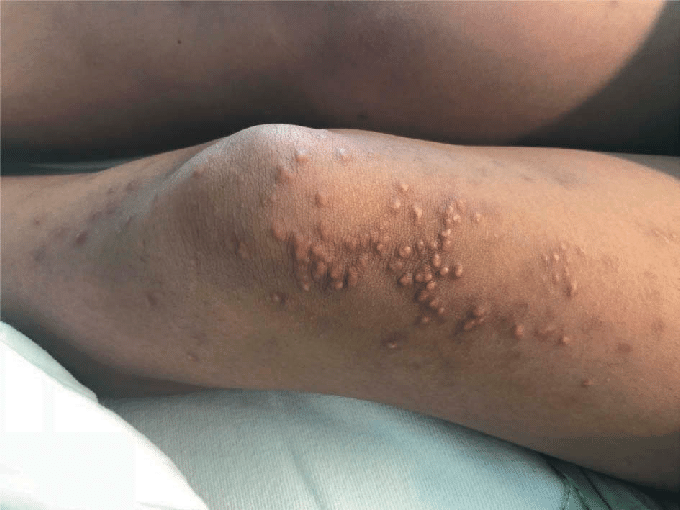
• Tendon xanthomas: firm subcutaneous nodules on the Achilles tendon and over other
extensor tendons, including the dorsum of interphalangeal joints (knuckles), patellae, and
elbows. May become inflamed. Skin is a normal colour and is not yellow (primary and
secondary hypercholesterolaemia)

• Tuberous xanthomas: firm yellow papules and nodules found over large joints (knees,
elbows), the heels, or the dorsum of interphalangeal joints (primary and secondary
hyperlipidaemia).
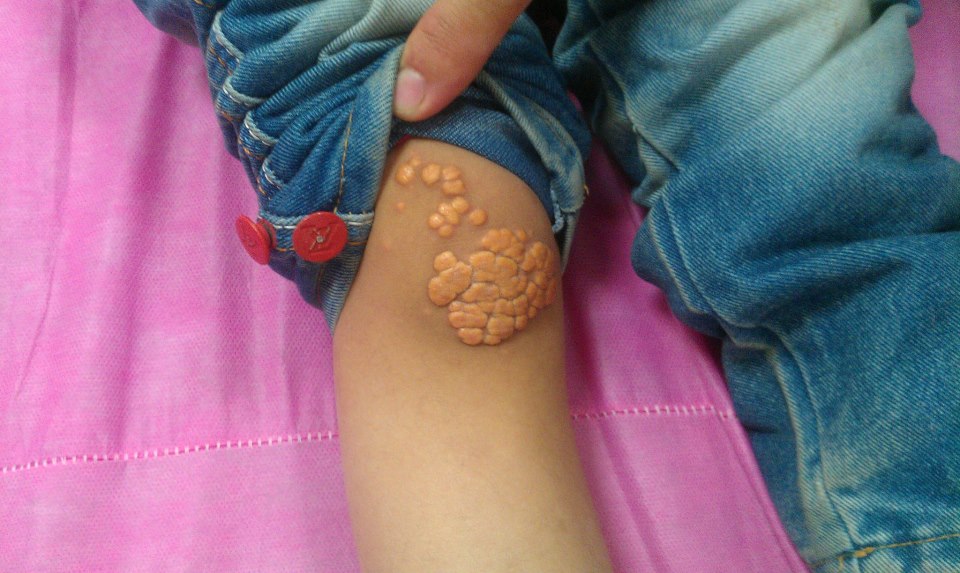
• Plane xanthomas: yellow macules with a predilection for the face, upper trunk, and
scars. Orange-yellow plane xanthomas may also be found in palmar creases (striate
palmar xanthomas, ‘bread and butter’ palms)—type III and secondary
hypercholesterolaemia. Generalized plane xanthoma may be found in myeloma.
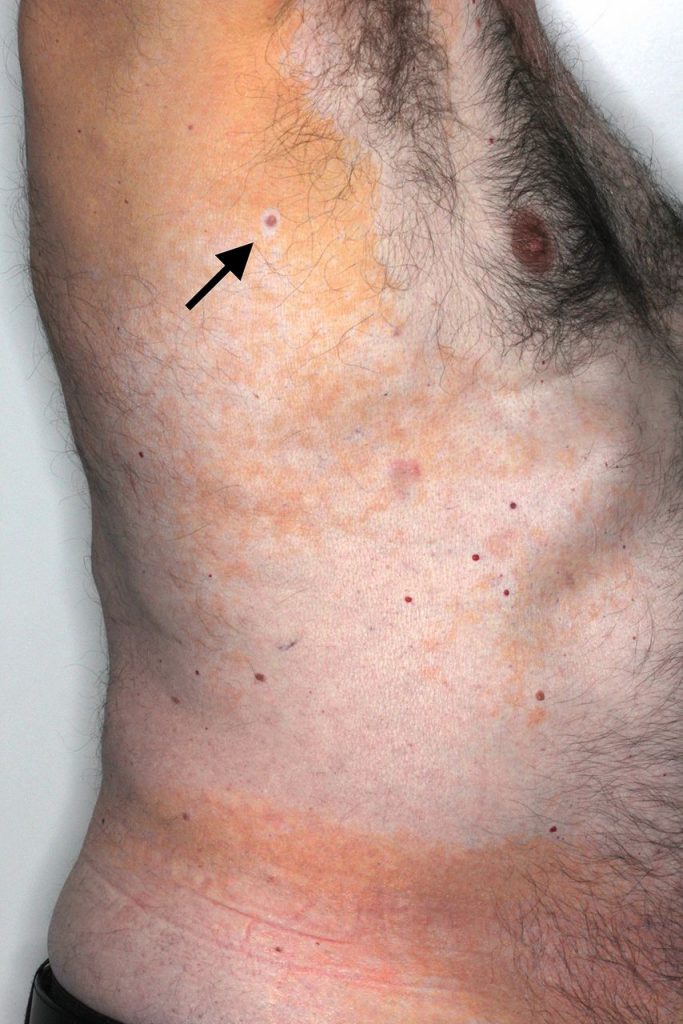
• Xanthelasma: soft yellowish papules on eyelids or below the eyes. Common in the
normal population and not a very specific sign, but may be associated with
hypercholesterolaemia if present in young patients. Xanthelasmas are associated with
cholestatic liver disease.
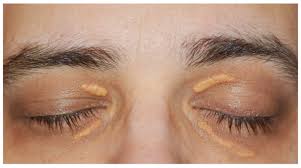
• Corneal arcus may be linked to familial hypercholesterolaemia but is more likely to be
significant if present in adolescence or early adulthood.
• Lipaemia retinalis (pallor of the optic fundus with white retinal veins and arteries) seen
in severe hypertriglyceridaemia.
• Signs of underlying disease such as diabetes, hypothyroidism, nephrotic syndrome,
cholestatic liver disease, or, very rarely, lipodystrophy.